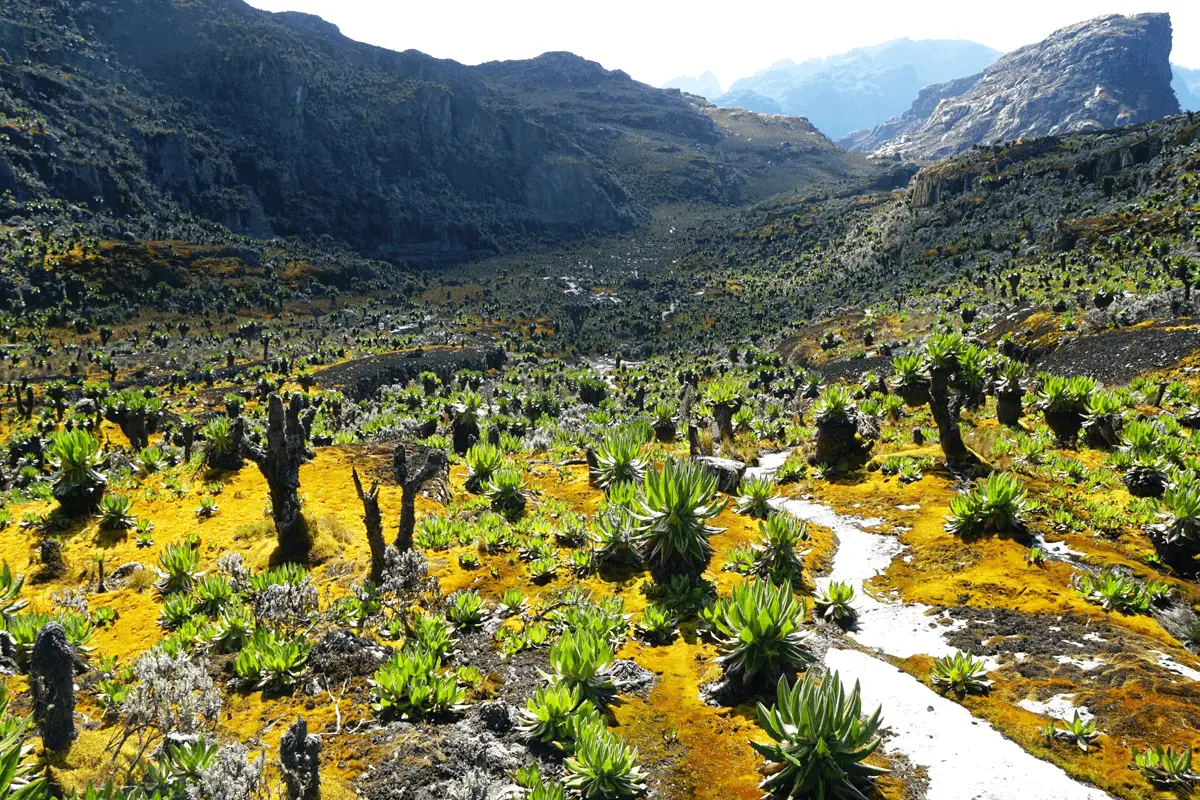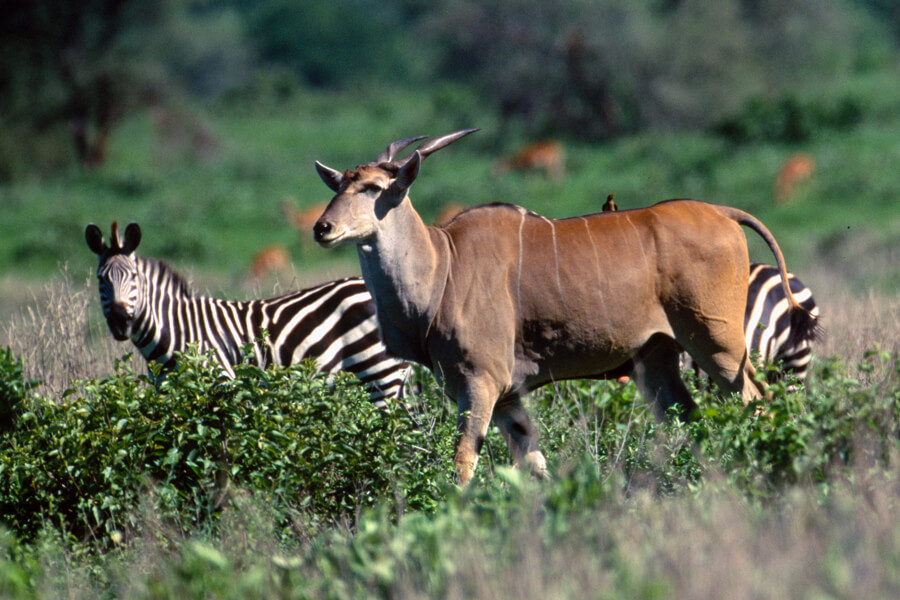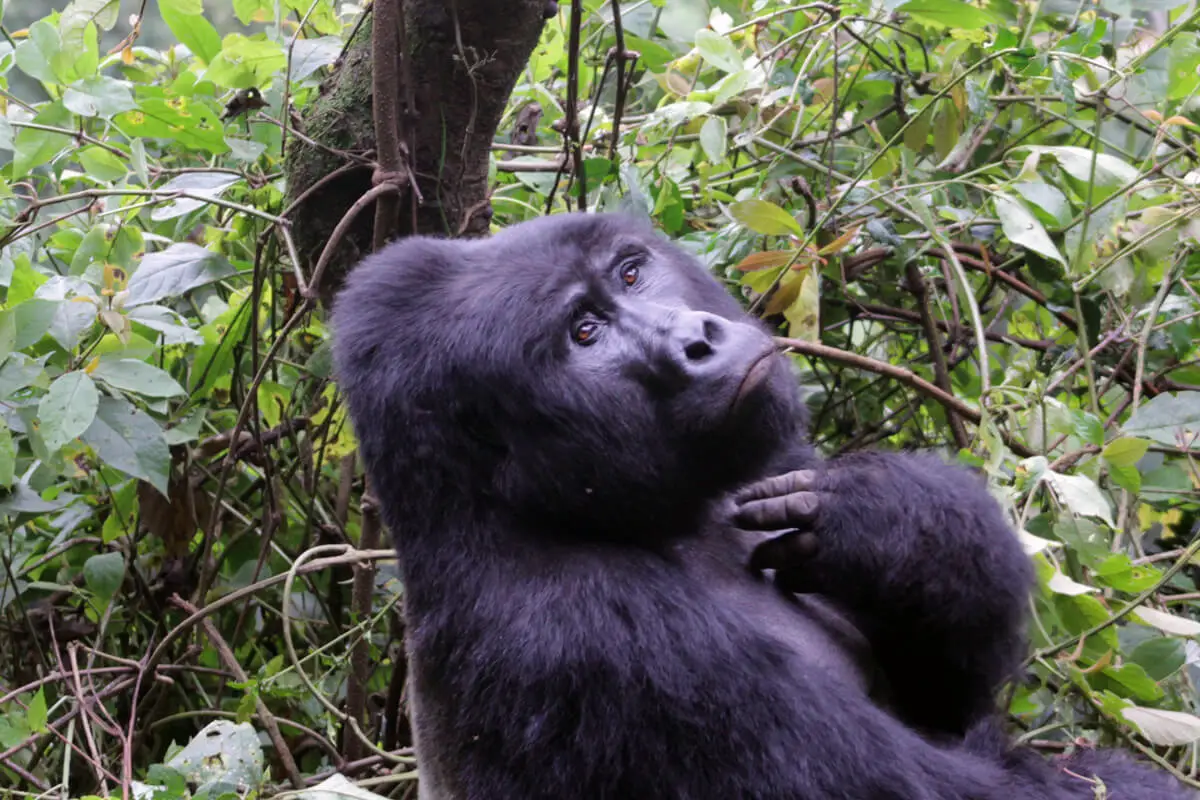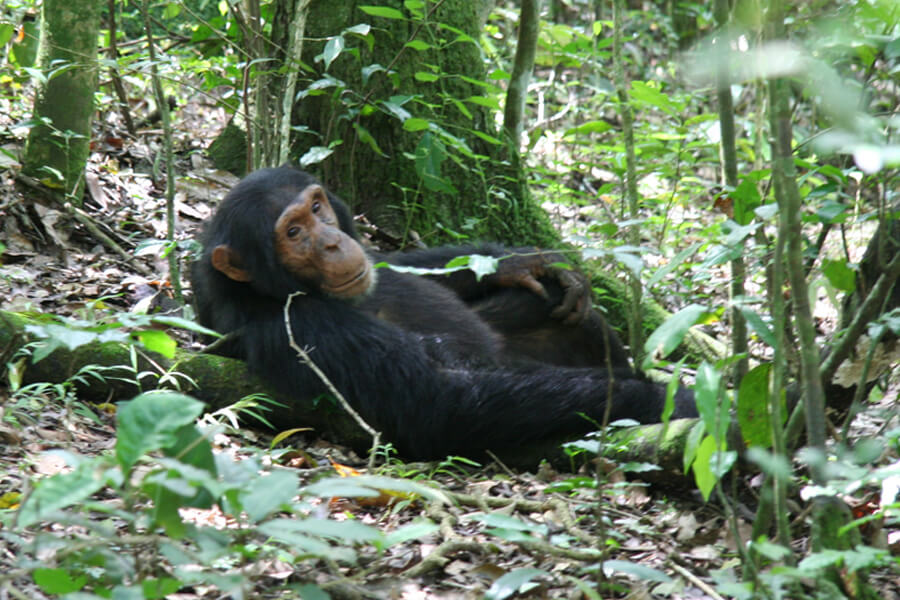As a country, Uganda offers great opportunities for photographers of all skill levels. Whether you're a professional or an enthusiastic amateur, you'll find plenty of subjects to capture. One of Uganda's main attractions is the abundant wildlife.
Uganda's variety of wildlife includes gorillas, chimpanzees, lions, elephants, and many more. Gorilla tracking is a popular activity for visitors, as it offers a chance to get up close and personal with these majestic creatures.
In addition to its wildlife, Uganda is also known for its stunning mountain ranges and hiking trails. The Rwenzori Mountains, for example, offer some of the most breathtaking natural landscapes in all of Africa.

The culture of Uganda is also rich and varied, with many different tribes and communities to explore. From traditional dances and ceremonies to colourful markets and street scenes, there is always something interesting to photograph.
Simply speaking, Uganda is a great destination with so much diversity that for a photographer, you could easily get spoiled for a choice.
Whether you're interested in wildlife, landscapes, culture, or all of the above, there's something for everyone in this beautiful country. With a diverse array of experiences and opportunities, Uganda will have you coming back for more.
In this article, we'll take a look at what you should know as you plan a photographic safari to Uganda. We shall explore the basics that can be helpful regardless of your skill level or specific goals.
A Guide To Visiting Uganda For Photography
What Is The Best Time Of The Year?
Photography can happen at all times, but depending on your specific goals some seasons might provide better opportunities than others. Generally for photography, you would want a slower pace for the safari and this is easier to achieve in the period when tourist numbers are smaller.
Uganda's high season for tourism is during the dry season months between June and September as well as December to February. The dry season makes it easier for visitors to see wildlife in bigger numbers as the animals gather near permanent water bodies.

As a photographer who would benefit from smaller crowds as well as easy access to the animals, the best time is during the start or end of the dry season. This is when the landscape is quite lush and the animals are still closer to the water sources.
However, your final decision should be based on the exact details and interests of your safari to Uganda. Habitats for Gorillas, chimpanzees, as well as mountains have microclimates that do not match the normal wet or dry seasons of Uganda.
| # | ACTIVITY / INTERESTS | IDEAL MONTHS |
|---|---|---|
| 1. | Gorillas & Chimps | March, May, June, October, and November |
| 2. | Savannah Wildlife | March, May, October, and November |
| 3. | Mountain Climbing | All year round |
| 4. | Cultural Experiences | All year round |
| 5. | Cultural Events | Relevant dates or months. |
| 6. | Landscape | March, April, May, October, and November |
The basis for 'ideal' in the above table is a consideration for things like crowds.
While we recommend the low travel season months of March, May, October, and November, you should keep in mind that the best time truly depends on the goals of your trip. Uganda is warm and sunny all year round, so there is no extreme weather to consider but your interests.
How Long Should The Trip Be?
As a photographer, you already know that a rushed trip will leave you with the agony of wanting so much more. And while you can't stay in one location forever - proper planning can help you achieve a great balance.
In a location where you have priority interests to shoot, it is better to add an extra day or two so that should you miss something, you have some time to try again.

If you are visiting a national park, we advise that you keep in mind that the animals are freely moving and living. This means that no one is controlling them and you may truly never get your perfect shot. Any strict guarantees should be taken with a pinch of salt.
What we advise instead is getting as much 'wild time' as possible. This means starting your days early, carrying lunch and snacks for the day, and returning to your hotel in the evening.
Extra time is also helpful for events, cultural experiences, and landscapes.
Top 10 Places For Photography In Uganda.
Here is a quick rundown of the top places worth a visit for your photography. They are presented in no particular order since the preferences of every person can be different. Realistically, you might not visit all these places in a single trip, so there is no pressure to attempt such.
| # | LOCATION & HIGHLIGHTS |
|---|---|
| 1 | Bwindi & Mgahinga for thick rain forest and gorillas |
| 2 | Rwenzori for beautiful landscapes and glaciers near the equator. |
| 3 | Mt Elgon region for water waterfalls, coffee, and Elgon landscapes. |
| 4 | Kidepo for Uganda's purest savannah wilderness & Karamojong culture. |
| 5 | Kampala for a mix of Uganda's culture, both past and present. |
| 6 | Murchison Falls for wildlife and the Nile |
| 7 | Jinja, for the Nile, adventure and events. |
| 8 | Queen Elizabeth for wildlife, birds, and tree-climbing lions |
| 9 | Fort Portal & Semuliki for caves, craters & hot springs. |
| 10 | Kibale for chimpanzees & other primate species. |
Major Themes To Photograph
On your visit to Uganda, here are some themes you might be interested in shooting.
1. Wildlife.
This is common, because savannah wildlife, chimps, and gorillas are simply the African safari classic.
2. Culture.
Uganda has more than 40 subcultures and each is as rich as the next. From their history, customs, food, dances, and dress.
3. Birds.
Uganda is home to around 50% of Africa's birds which makes it the ultimate birding destination for novices and seasoned birders.
Related article: Birds of Uganda
4. Landscapes.
With many lakes, rivers, mountains, hot springs, waterfalls, thick forests, open savannahs, and many other natural land formations, there is no limit to what you can create in your photographs.
5. Events.
Uganda has some events such as Nyege Nyege, Embalu, Kampala Marathon, Football, and more that are worth shooting to fully show Ugandans in their element of having fun, following tradition, or caring for a common cause.
Gear & What To Carry
While the obvious thing to carry is your camera and a selection of lenses, forgetting the other things can happen. Sometimes, it is helpful to remember that you might not even be able to buy more accessories for your camera, so packing correctly is important.
Here is a list to remind you of what you should have as part of your gear collection. It is better to have something and not use it than need it and not have it.
- Camera. (maybe even 2 if possible. better if they share accessories.)
- Lenses. Wide and telephoto options.
- Extra batteries. never run out of charge.
- ND Filters. This can save you photos since you don't control the light from the sky.
- Extra charger.
- Extra memory cards.
- Rechargeable power bank.
- Power extension cable (cord).
- Power guard for voltage.
- Lens Cleaner.
- Lightweight Tripod.
Dos & Don'ts.
Here are some things that you should keep in mind as you come to Uganda for your safari holiday. Whether this is a strictly photography-centered safari or not, these are important to keep in mind.
1. No Flash Photography With Wild Animals.
While this is not for all sorts of wildlife photography, flash photography is not allowed in certain situations. This is mostly in cases where you are standing so close to the animals, and the flash could easily scare them.
When seeing gorillas and chimpanzees, you are not allowed to have your camera flash at the animals.
Given that the permission for using your flash is based on safety, remember to ask your safari guide and the park rangers for specific rules of the given place.

2. Respecting The People, Customs & Wildlife.
As with most places, it is good to ask for permission before taking pictures of people. It is generally better to be familiar with someone and have a mutual sense of trust before you can take people's pictures.
This has always been true, but it is even more important now because of the internet.
On a strictly professional level, people should sign model release agreements before they can take and use their pictures. In reality, this is not always possible, but you can ask for permission and use the pictures respectfully as agreed. Depending on your specific needs, such agreements might need to be looked into.
3. Respecting Security Offices & Embassies
For security and intelligence reasons, police, army, and foreign embassies don't allow photography without prior permission. Unpermitted photography in such places can attract all kinds of attention from the authorities but you can always go through the necessary steps and get permission for your pictures.
4. Gear Insurance
Insurance for your camera gear is always a good idea, but the final decision comes to you the owner of the gear. Professional photography and videography equipment can add up to a lot of money and any unforeseen circumstances could leave you at a big loss.
Uganda is very safe and the risk of gear robbery and theft is really small, but every situation is different. Our advice is that if you can get gear insurance, get it and have that extra peace of mind.
Final Thoughts
To wrap up, Uganda is a worthwhile destination for all kinds of visitors who are interested in wildlife, culture, landscapes, and a true sense of adventure.
As a photographer, the diversity is a great way for you to capture your interpretation of Uganda - from the people to the wild savannahs as well as the thick jungles. Whether you take photos at a professional level or you are a hobbyist, Uganda will give you a rewarding experience.
